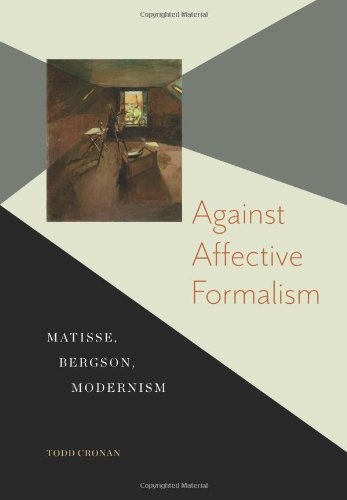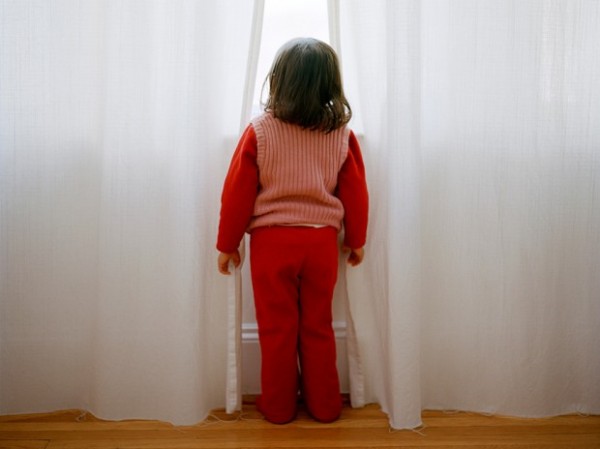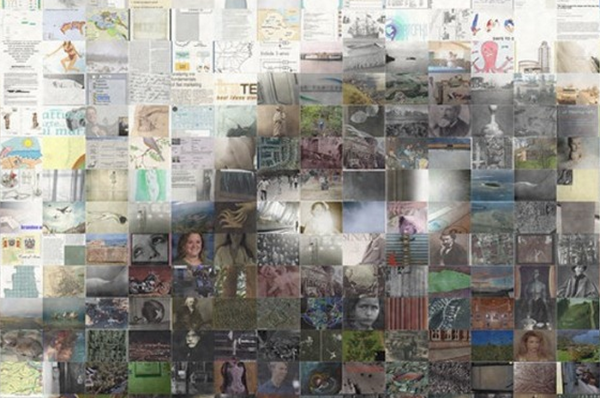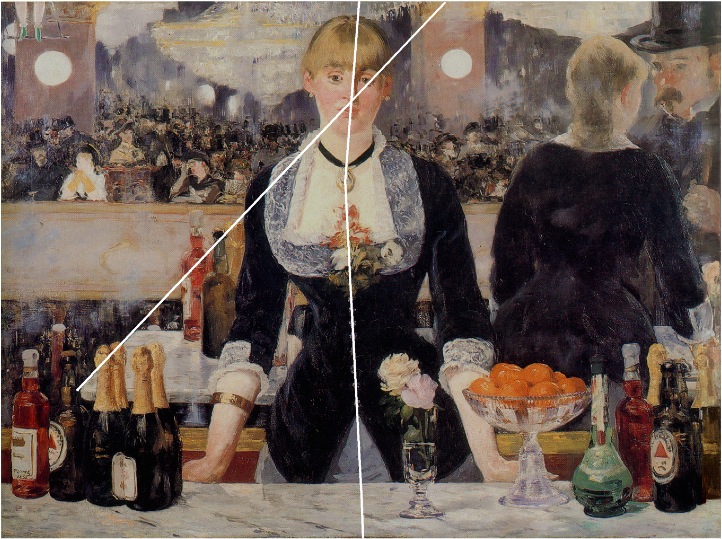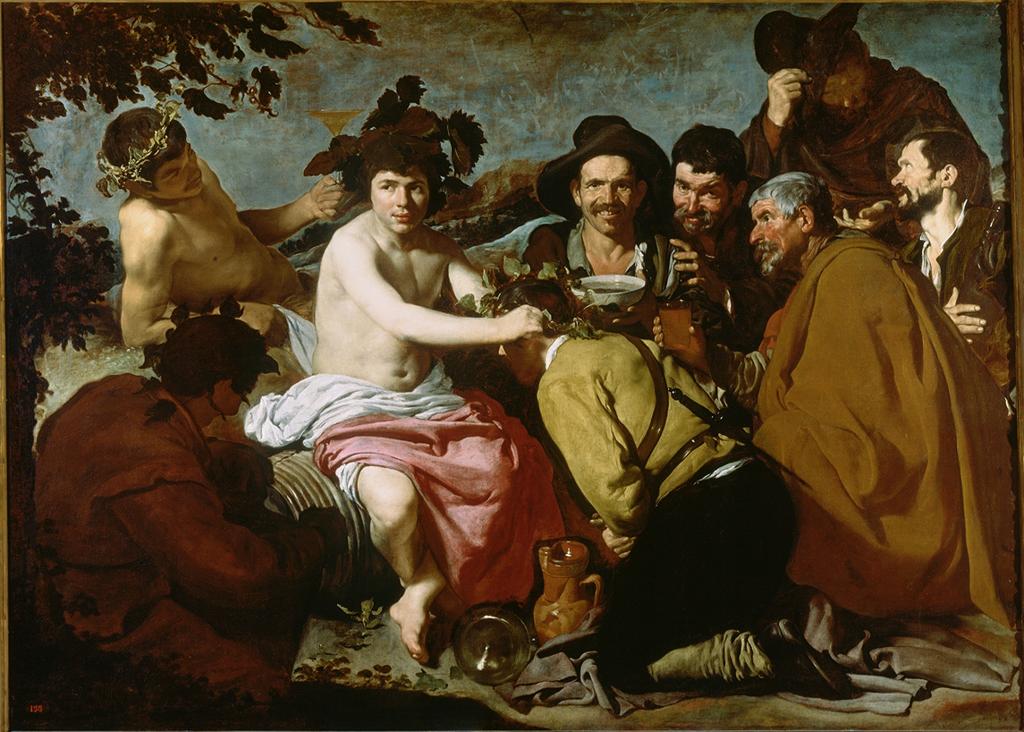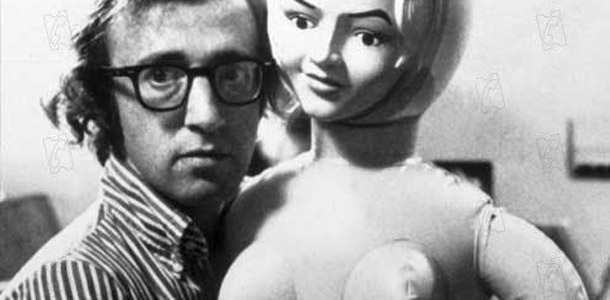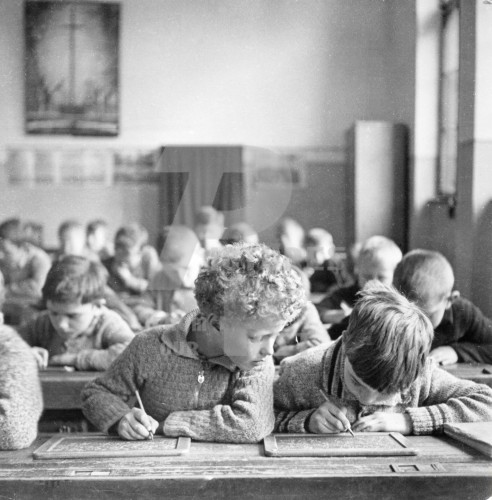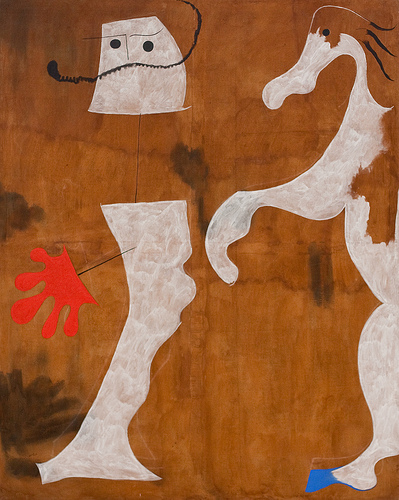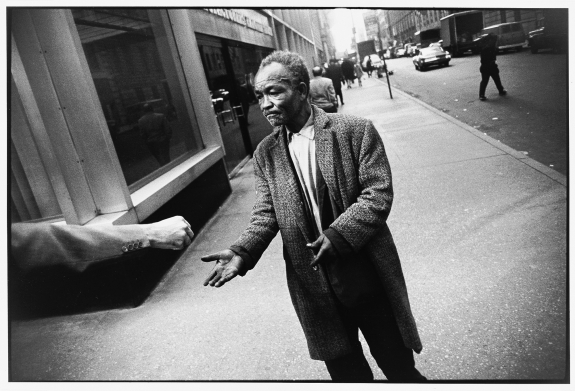
“I Do What Happens”: Anscombe and Winogrand
So there is a sense in which Winogrand’s personal crisis expresses a theoretical position, just as there’s an equally important sense in which that theoretical position and the alternatives to it (what it might mean to intend something, and especially what it might mean not to or what it might mean for your reasons to be treated as causes) were becoming at the time of that crisis central to literary theory and aesthetic production. Indeed, in what is now an aesthetic and a political as much as a philosophical sense, the structure of intentional action has recently emerged as a crucial issue.


